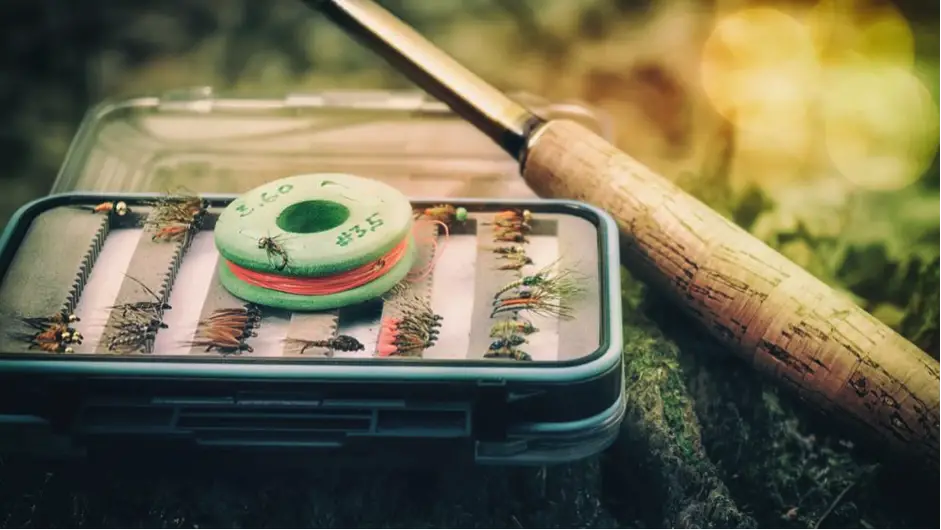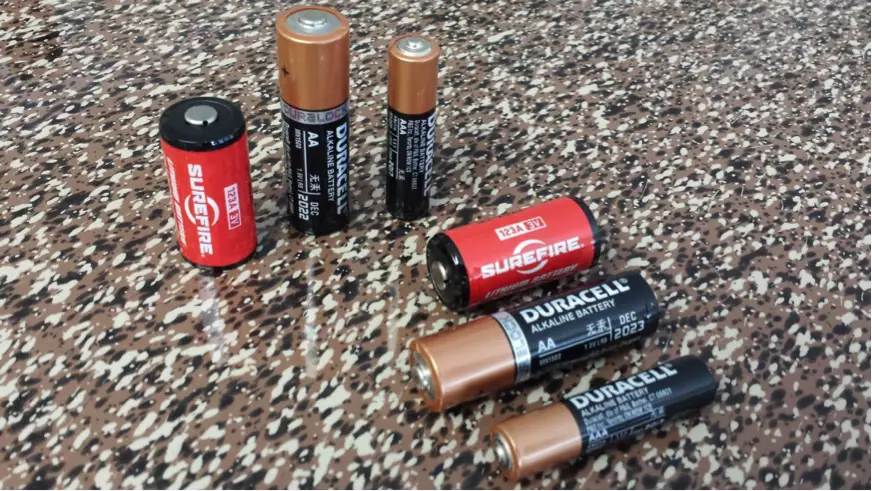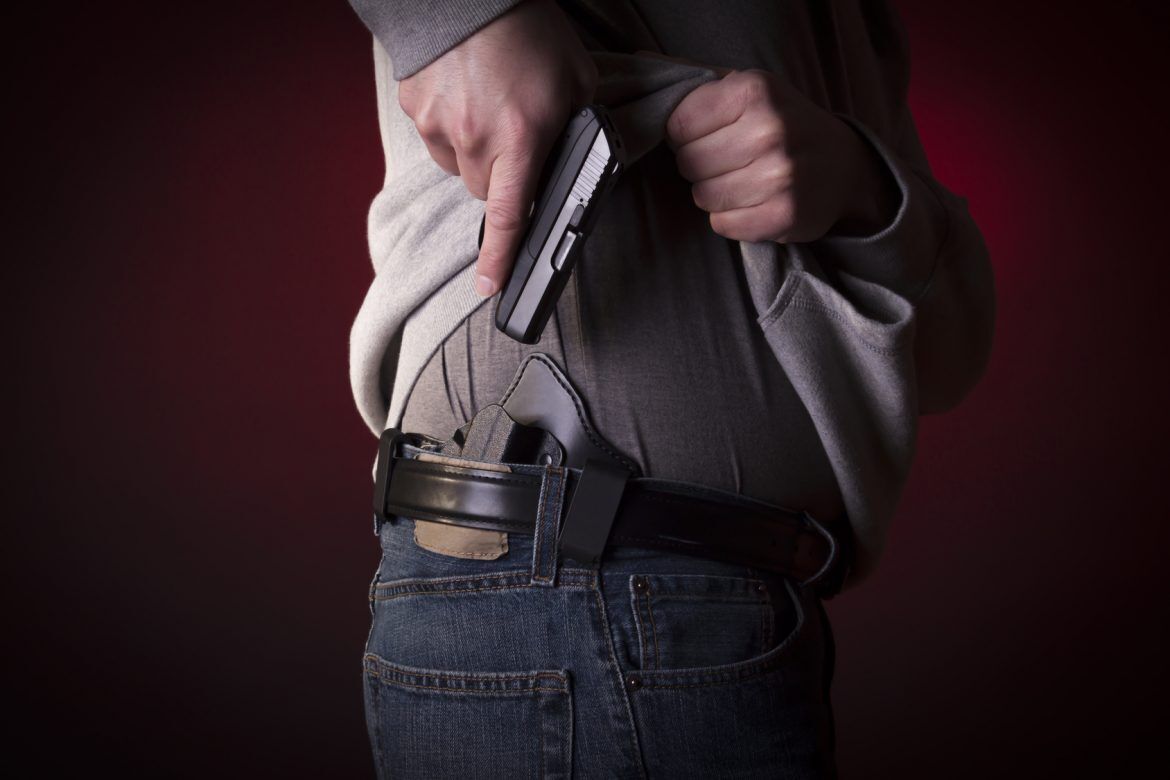#sumpri #pocket #Chain #Saw #Fire #starter I have wanted a pocket chainsaw since I was a boy, It would be simple enough to buy one, but it seems I never got a round tuit, that is until Sumpri offered me a chance to review their folding pocket chainsaw and fire starter kit. I had great […]
Month: April 2017
How to Make Tenkara Fishing Rod
With the tenkara being the latest trend in fly fishing, I have found many anglers longing to get to know every single detail about it. I am lucky to have learnt about it earlier and perfected my skill, thanks to my father. Before I proceed, I will let you know what a tenkara is. Tenkara […]
The Best Battery Strategy For Your Bug Out Bag
When it comes to survival, the key is having the right mix of gear and skill available to solve a wide array of potential problems that might come up. As most of us already know, a bug out bag (BOB) is a particular set of gear that is intended to keep you alive for up […]
6 Tips for Choosing the Best Binoculars for Outdoor Activities
Simple as they may look, binoculars are very useful for any outdoor adventure. They are especially a must-have for hunters and bird-watchers who need to be able to see clearer and farther in the wild. Picking the perfect binoculars is not as easy as finding the shirt that fits, though. Several things have to be […]
The Top Three Best G26 Holster to Meet Your Needs
The Glock 26 pistol comes with ten round magazines that will expand to as much as 12 rounds with floor plates. If this is the type of weapon you own or have purchased, you’re likely looking for a G26 holster. But what type of G26 holster is right for you? If you want to protect […]





